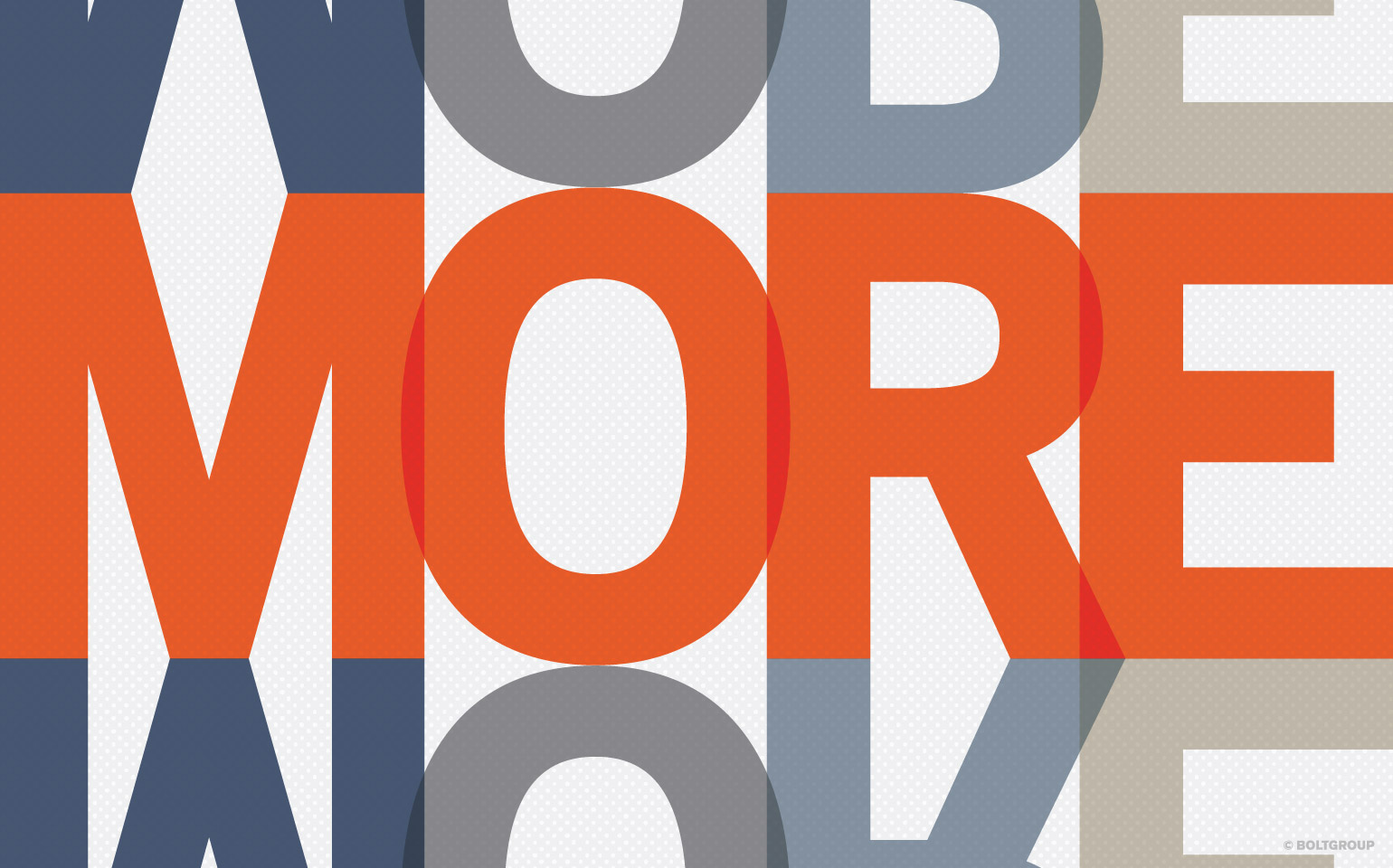We recently conducted research among CEOs, CMOs, and VPs of marketing to discover the challenges they face every day in their position and company. Many, if not most, expressed a concern about their brand. “Could our brand be doing more?” The simple answer is, yes.
When was the last time you asked yourself if your brand matters to people? You have a brand strategy, but is it connected directly to the goals of your business? Does it convey the “why” of your business? How does your brand influence and affect your employees’ behavior? Your distributors? Your buyers and merchants? What brand experiences have you built and what image do they create for your brand?
Unleash Your Brand’s Potential.
Unless your brand strategy is being discussed, reviewed, and updated as often as your business goals, you’re missing opportunities to harness your brand’s true potential. Treat your brand as one of the greatest assets you have. Align your business goals with your brand strategy to influence and execute good design with every touchpoint of your brand—digital, print, social, trade, service, product, packaging. This drives behavioral change that will enhance your brand’s image.
Transform Your Brand.
Does your brand matter to people? In today’s competitive marketplace, your brand must be relevant, transparent, and authentic. Are you hesitant to give someone your URL, because of what your website looks like? Is your identity outdated? Does it communicate the “why” of your business? Building meaningful value in your brand requires work. And courage. You must possess the will to do what’s required to showcase the true value of your business through your brand.
Design Meaningful Brand Experiences.
What’s the first thing you think of when you hear the name “DeWalt”? A pro tool, right?. That yellow pick-up truck pulling onto a job site. That yellow drill hanging in a garage. It’s a universal brand experience everyone knows. Even if they’ve never used the tool. You can create those same brand experiences with every encounter your audiences have with your brand. Through your website. Your trade show booth. Your packaging. Your plant tour. With deep understanding of the emotive qualities of your brand, you can express those qualities through intentional design and implementation. These brand experiences are designed to make people feel something. Those feelings influence behavior and create meaning and value in your brand. And can last forever.
The next time you’re thinking of a purchase, ask yourself why you are buying the brand you’ve chosen. What do you feel about that brand? Then ask yourself; does our brand evoke an emotional response when our customer is looking to purchase? If not, then yes, your brand could, and should, be doing more.
